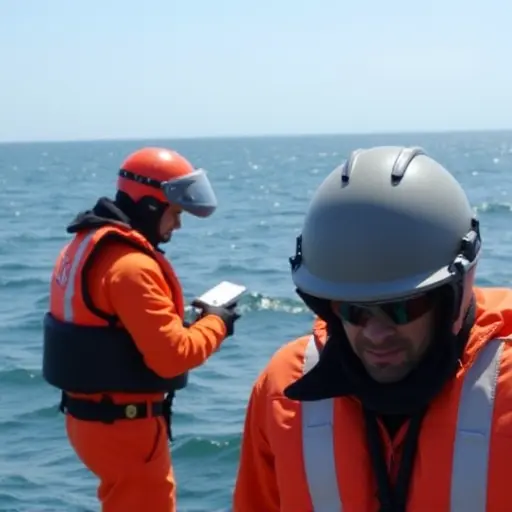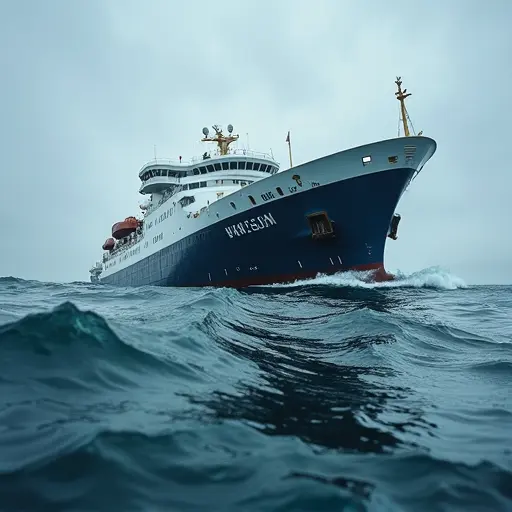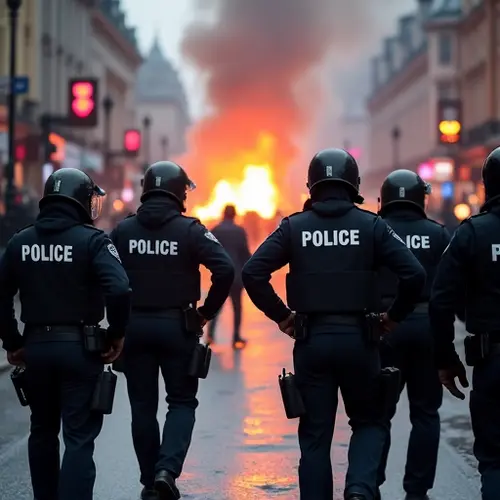Night trains are reviving across Europe as eco-conscious travelers choose low-carbon alternatives to flights. Supported by EU initiatives, new routes connect major cities while reducing emissions. Despite infrastructure challenges, projections show rail travel growing significantly by 2030.

The Resurgence of Overnight Rail Travel
Night trains are experiencing a remarkable comeback across Europe as travelers increasingly seek sustainable alternatives to short-haul flights. According to the European Environment Agency, passenger rail activity reached 878 billion passenger-km in 2022, with sleeper services showing significant growth after years of decline. The revival is driven by environmentally conscious travelers who prioritize reducing their carbon footprint - trains emit up to 90% less CO2 per passenger than equivalent flights.
New Routes and Cross-Border Connections
The European Commission is actively supporting this shift through its 10-pilot initiative for cross-border rail connections. New overnight routes now connect cities like Paris-Vienna, Berlin-Brussels, and Amsterdam-Zurich. These modern sleeper trains feature private cabins, Wi-Fi, and bike storage, making them attractive alternatives for both leisure and business travelers. The Austrian Nightjet service reports a 25% passenger increase since 2023, while France's Midnight Trains plans to launch luxury sleeper services to 10 European destinations by 2026.
Environmental Impact and Policy Support
A recent European Railway Agency assessment confirms rail's environmental advantages, with trains consuming 6x less energy per passenger-km than cars. The EU's Sustainable Mobility Strategy aims to double high-speed rail activity by 2030, while the new MIX-FF55 scenario projects rail passenger-km will increase to 633 billion by 2030. "Night trains aren't just nostalgic - they're a practical climate solution," says transport analyst Marco Bertolini. "A single overnight train can replace 50 short-haul flights while providing comfortable city-center to city-center connections."
Challenges and Future Developments
Despite the enthusiasm, infrastructure limitations remain. Many European rail networks still prioritize freight over passenger services, and coordinating international schedules remains complex. However, investments like Germany's €12 billion rail modernization program and Sweden's green bond initiatives for rail electrification show commitment. The upcoming European Sleeper expansion to Prague and Dresden in 2026 demonstrates how private operators are filling service gaps. As flight shame grows and carbon pricing increases, industry experts predict night train capacity could triple by 2030, potentially capturing 15% of the short-haul flight market.

 Nederlands
Nederlands English
English Français
Français Deutsch
Deutsch Español
Español Português
Português







